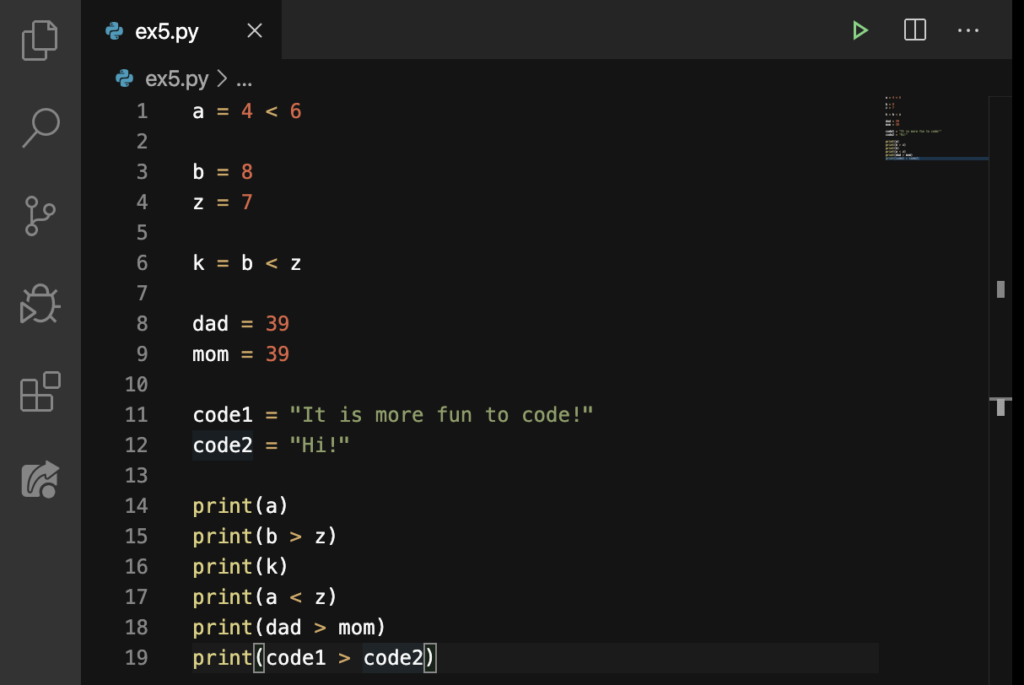

"""Splits a string by a list of delimiters. You’ll be able to pass in a list of delimiters and a string and have a split string returned. For this function, we’ll use the re module.

Python txt write delimiter how to#
Create a Function to Split a Python String with Multiple Delimitersįinally, let’s take a look at how to split a string using a function. It’s better to stick to the re module for more complex splits. This method works fine when you have a small number of delimiters, but it quickly becomes messy when you have more than 2 or 3 delimiters that you would want to split your string by. Let’s take a look: sample_string = 'hi! my name is nik, welcome to datagy' We’ll take our new string and replace all delimiters to be one consistent delimiter. In the example below, you’ll learn how to split a Python string with multiple delimiters by first replacing values. The module can be a little intimidating, so if you’re more comfortable, you can accomplish this without the module as well. You’re also able to avoid use of the re module altogether. Split a Python String on Multiple Delimiters using String Split This returns the same thing as before, but it’s a bit cleaner to write and to read. Split_string = re.split(r'', sample_string) We can simplify this even further by passing in a regular expressions collection. We pass in the pipe character | as an or statement. What we’ve done here is passed in a raw string that re helps interpret. Split_string = re.split(r',|!| ', sample_string) Sample_string = 'hi! my name is nik, welcome to datagy' Let’s take a look at another example: import re The re method makes it easy to split this string too! Now, say you have a string with multiple delimiters. Split_string = re.split(',', sample_string) Sample_string = 'my name is nik, welcome to datagy' So, let’s repeat our earlier example with the re module: import re If it’s set to any positive non-zero number, it’ll split only that number of times. Similar to the example above, the maxsplit= argument allows us to set how often a string should be split. Let’s see what this method looks like: re.split(pattern, string, maxsplit=0, flags=0) What’s unique about this method is that it allows you to use regular expressions to split our strings. split() method, similar to the example covered above.

The most intuitive way to split a string is to use the built-in regular expression library re. We can see here that what’s returned is a list that contains all of the newly split values.Ĭheck out some other Python tutorials on datagy, including our complete guide to styling Pandas and our comprehensive overview of Pivot Tables in Pandas! Split a Python String on Multiple Delimiters using Regular Expressions Let’s say you had a string that you wanted to split by commas – let’s learn how to do this: sample_string = 'my name is nik, welcome to datagy' maxsplit: the number of splits to do, where the default value is -1, meaning that all occurrences are split.If no argument is provided, it uses any whitespace to split. separator: argument accepts what character to split on.The method looks like this: string.split(separator, maxsplit) split(), which allows you to split a string by a certain delimiter. Python has a built-in method you can apply to string, called. Create a Function to Split a Python String with Multiple Delimiters.Split a Python String on Multiple Delimiters using String Split.Split a Python String on Multiple Delimiters using Regular Expressions.


 0 kommentar(er)
0 kommentar(er)
